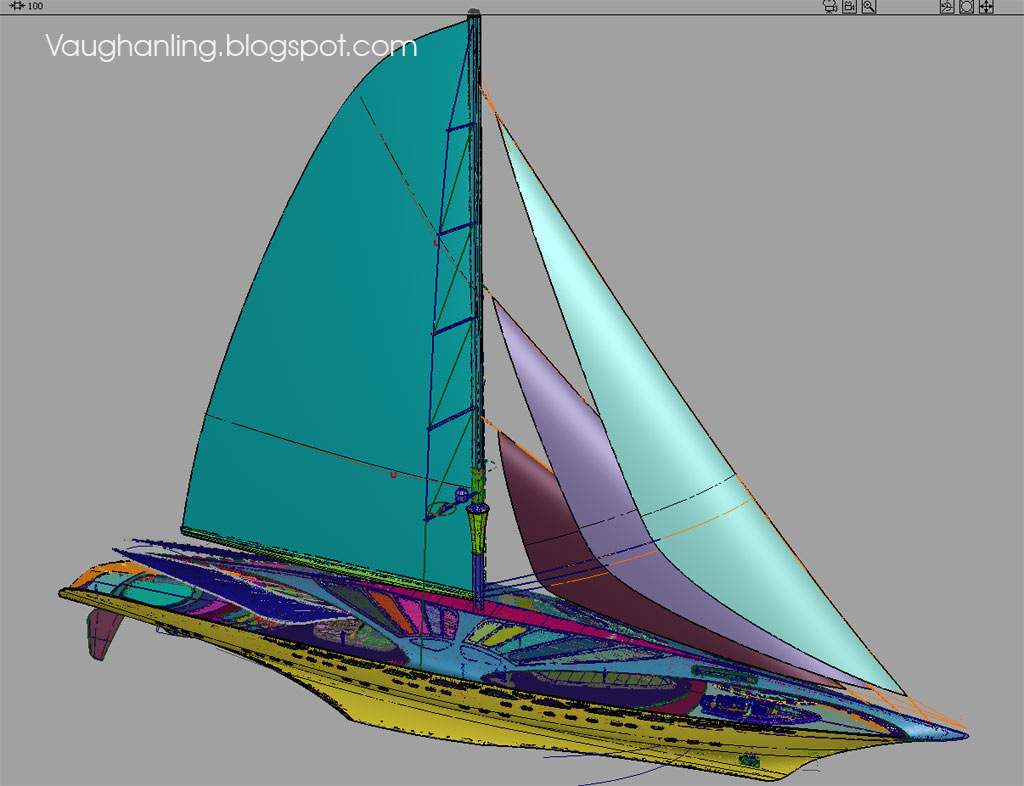

The diver who is focused on small organisms or instruments at close range is likely to have diminished awareness of depth, buoyancy, current, surge, other divers, large organisms, and even the direction to the surface. The techniques of blue-water diving have been developed over the years to suit the conditions and address the hazards of an environment which is functionally bottomless, and has no fixed visible positional references. It is used by scientific divers for direct observation and sampling of pelagic organisms and particulate matter, particularly the gelatinous zoo-plankton that are fragile and transparent, making them relatively inaccessible by other methods, and by recreational divers for observation and photography of a range of organisms not easily seen in inshore waters. Marine scientist coordinates a blue water dive for 4 companions - each at the end of a rope tether and each rope kept taut by a weight and pulley systemīlue-water diving is done in mid-water where the bottom is out of sight of the diver and there may be no fixed visual reference.


#BLUE WATER DRIFT DAVID HERPICH FREE#
Open Water Diver certification implies that the diver is competent to dive in unrestricted water, with various constraints regarding the conditions, and particularly that their competence is limited to diving in open water with free access to the surface. Some recreational diver certification agencies use a variation on this term in the title of their entry level certification. In this context confined water is a special case of open water, as it complies with the more general condition of unobstructed access to the surface. Swim-throughs – the recreational diving term for arches and short, clear, tunnels where the light can be seen at the far end, are technically an overhead environment, but this is often overlooked by divers as there is no risk of getting lost inside, and the risk of entrapment is generally low.ĭivers progress from learning diving skills in "confined water" such as a swimming pool to practicing skills in "open water" in which the environment is not restricted to a small, controlled locality and depth, with conditions typical of a natural body of water which might be used by divers, and the range of hazards and associated risk is significantly expanded. In some contexts the lack of a decompression obligation is considered a necessary condition for classification of a dive as an open water dive, but this does not affect the classification of the venue as open water. Penetration diving-involving entering caves or wrecks, or diving under ice-is therefore not "open water diving". Open water diving implies that if a problem arises, the diver can directly ascend vertically to the atmosphere to breathe air.

Open water also means the diver has direct vertical access to the surface of the water in contact with the Earth's atmosphere. It is the opposite of confined water (diving) (usually a swimming pool) where diver training takes place. In underwater diving, open water is unrestricted water such as a sea, lake or flooded quarries. Diving in unrestricted water when the diver has unrestricted vertical access to the surface


 0 kommentar(er)
0 kommentar(er)
